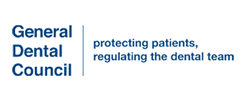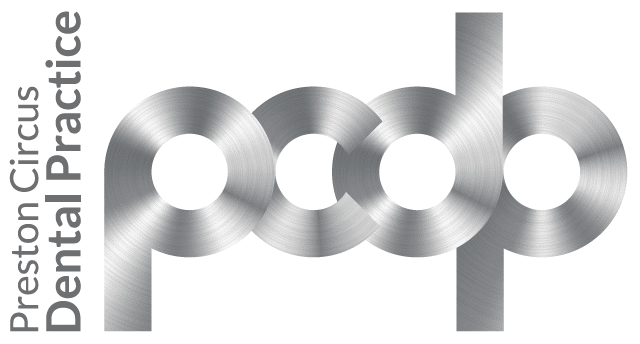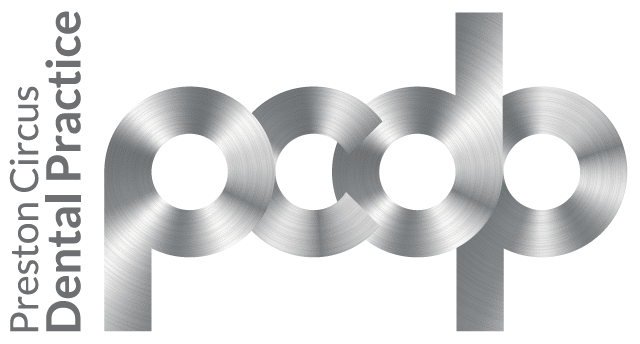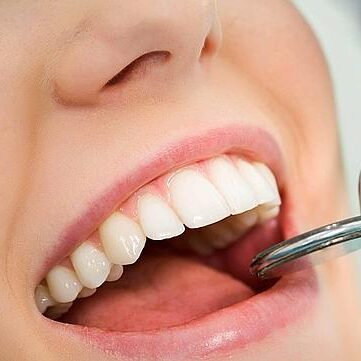- Home
- /
- Treatments
- /
- Dental Disease Prevention
- /
- Check-ups
Regular oral exams and dental X-Rays are the best way to keep your smile in great shape and avoid dental emergencies and other issues that can become more costly.
Your dentist or dental hygienist will review your digital dental X-rays and perform an exam to check the health of your teeth and gums, as well as examining any dental restorations such as fillings or crowns to make sure they are in good shape.
Your dentist can spot the signs of problems such as cavities or gum disease and help you proactively take care of them. Your regular dental checkup is a great time to ask your dental professional about any questions you may have about your oral health, and review tips and techniques for good brushing and flossing habits to keep your smile as healthy as possible between visits.
What is a Dental (Oral) Exam?
An oral exam, commonly referred to as a dental checkup, is the process used by dentists to carefully review your oral health. Oral exams typically involve the entire mouth, as a component of a first-time visit or a regular 6-month check-up. Oral exams can also be used to identify a specific issue in one particular area of the mouth, such as pain, swelling, broken teeth, or other dental problems.
What are the steps of an Oral Exam?
There are four main categories of oral exams:
- Comprehensive Oral Evaluation: A comprehensive oral exam is needed for patients who are seeing a new dentist for a checkup for the first time, or if it has been some time since the last visit.
-
Regular (Periodic) Oral Evaluation: Regular exams are a part of the 6-month dental check-up process. A periodic oral exam is a complete update of already existing information for established patients who regularly visit the office. A periodic exam may or may not include X-rays, depending on when they were last taken, if the dentist observes an issue that may require an x-ray, or if the patient comes in for a checkup with pain or other symptoms. During periodic or comprehensive oral evaluations, your dentist will review your radiographs (X-rays), conduct a visual exam, and look for inflammation, bleeding, periodontal pockets, and calculus (build-up) around and under the gum line. He or she will check the outside and inside of your mouth, tongue, and other soft tissue, and will let you know if they see anything that may be a potential warning sign of oral cancer or other condition. In some cases, your dentist may refer you to your physician for certain issues. Your dentist may use an explorer to check your teeth and gums, including any existing work you may have such as fillings, bridges, and crowns. If you have a full or partial denture, your dentist will ask you to remove them for the examination. At your checkup your dentist will ask if anything is bothering you. This is an excellent time to tell your dentist if you’ve noticed any symptoms or have any questions or concerns about your oral health or your smile in general.
-
Limited Oral Evaluation: this type of exam is also known as “problem focused.” It is used to identify and diagnose symptoms such as dental pain, or swelling in a particular area of the mouth. Limited exams may involve digital X-rays of the affected area and diagnostic reading by the dentist, as well as a visual evaluation. Your dentist will ask questions relating to your symptoms.
-
Follow-Up Evaluation: Your dentist may ask you to come back for a follow-up visit to check on the healing and progress for certain types of treatment provided, or if you are experiencing any pain or other symptoms beyond what is normally expected.
If you have any questions or concerns about checkups and oral exams, please contact our practice.







